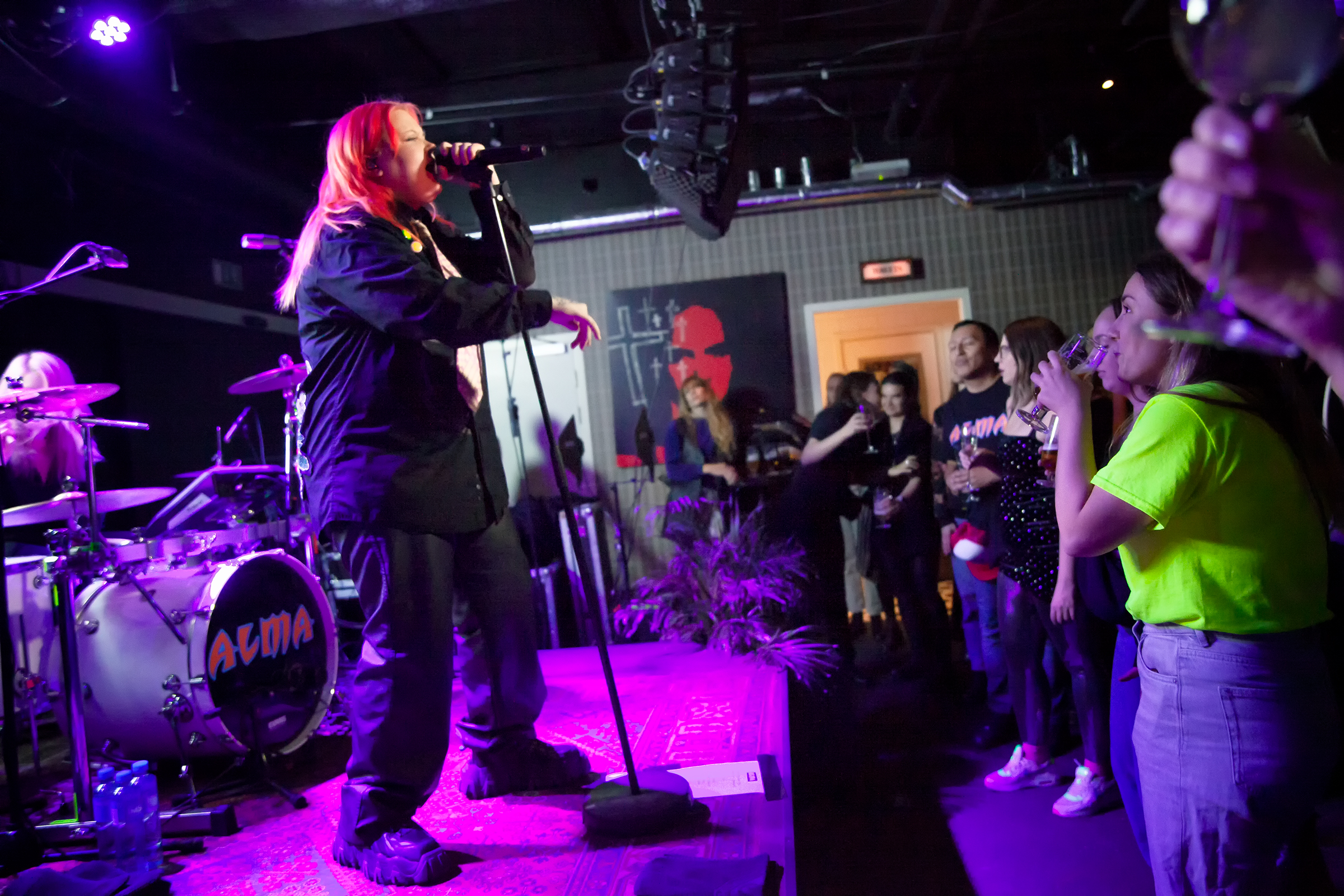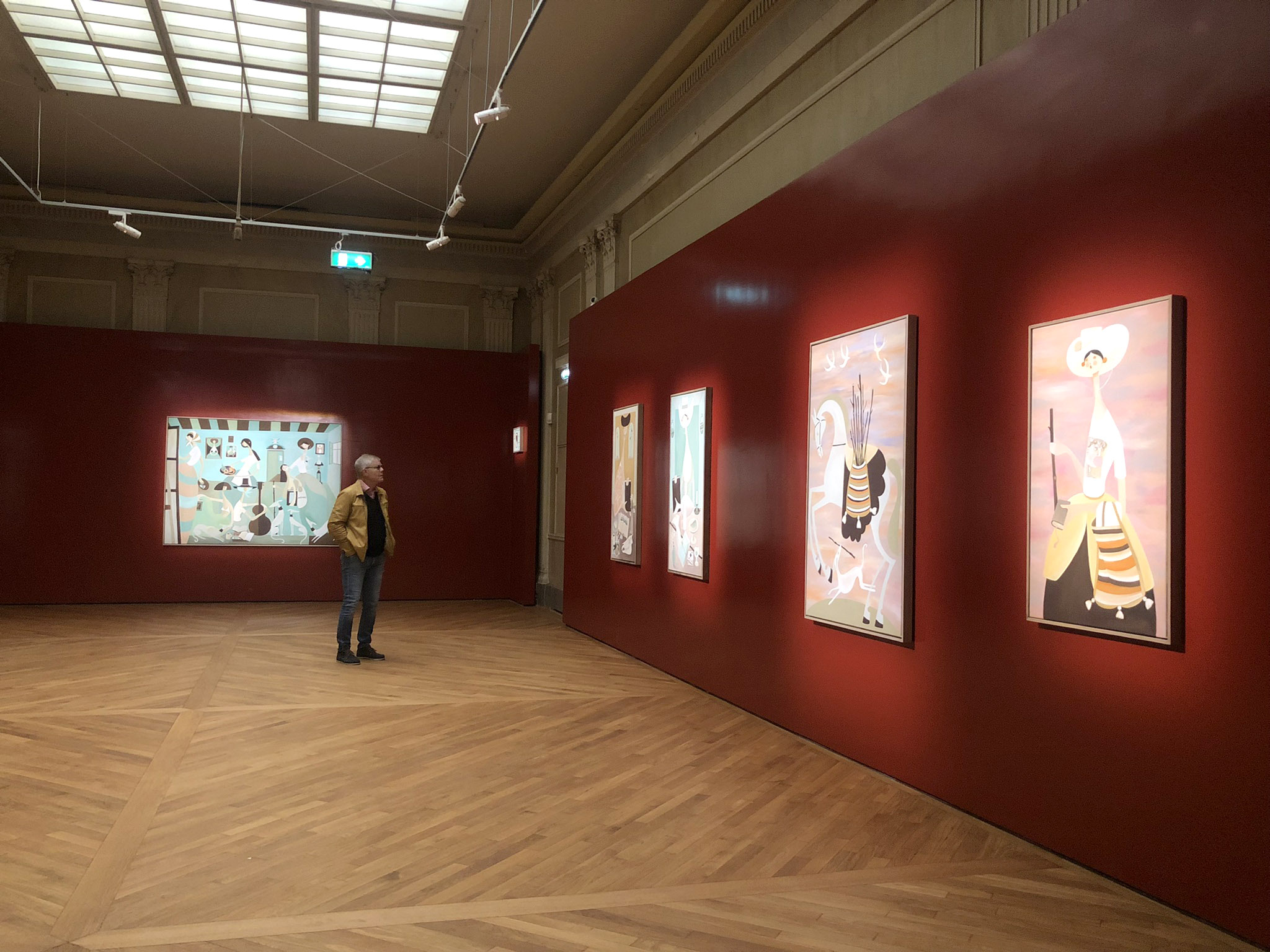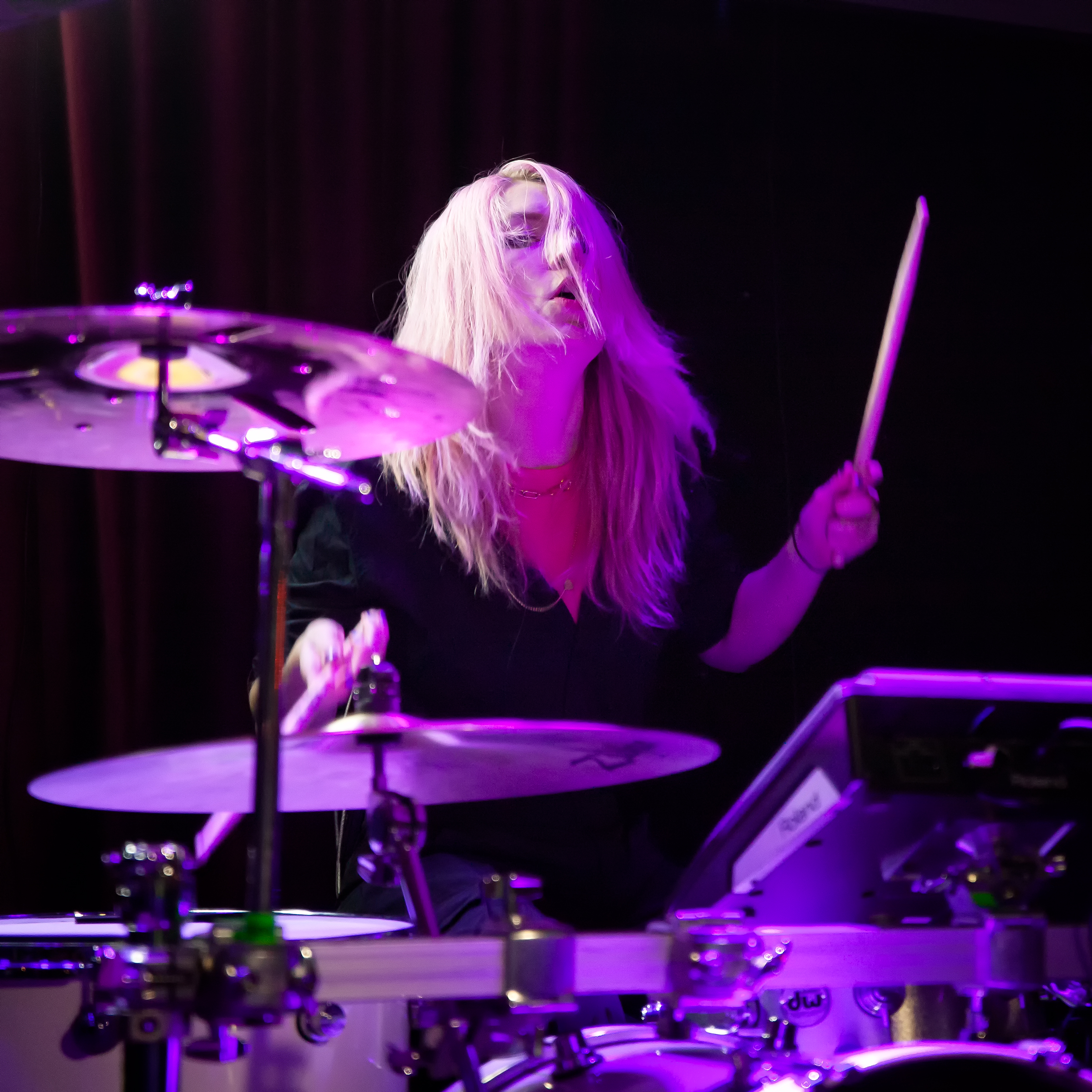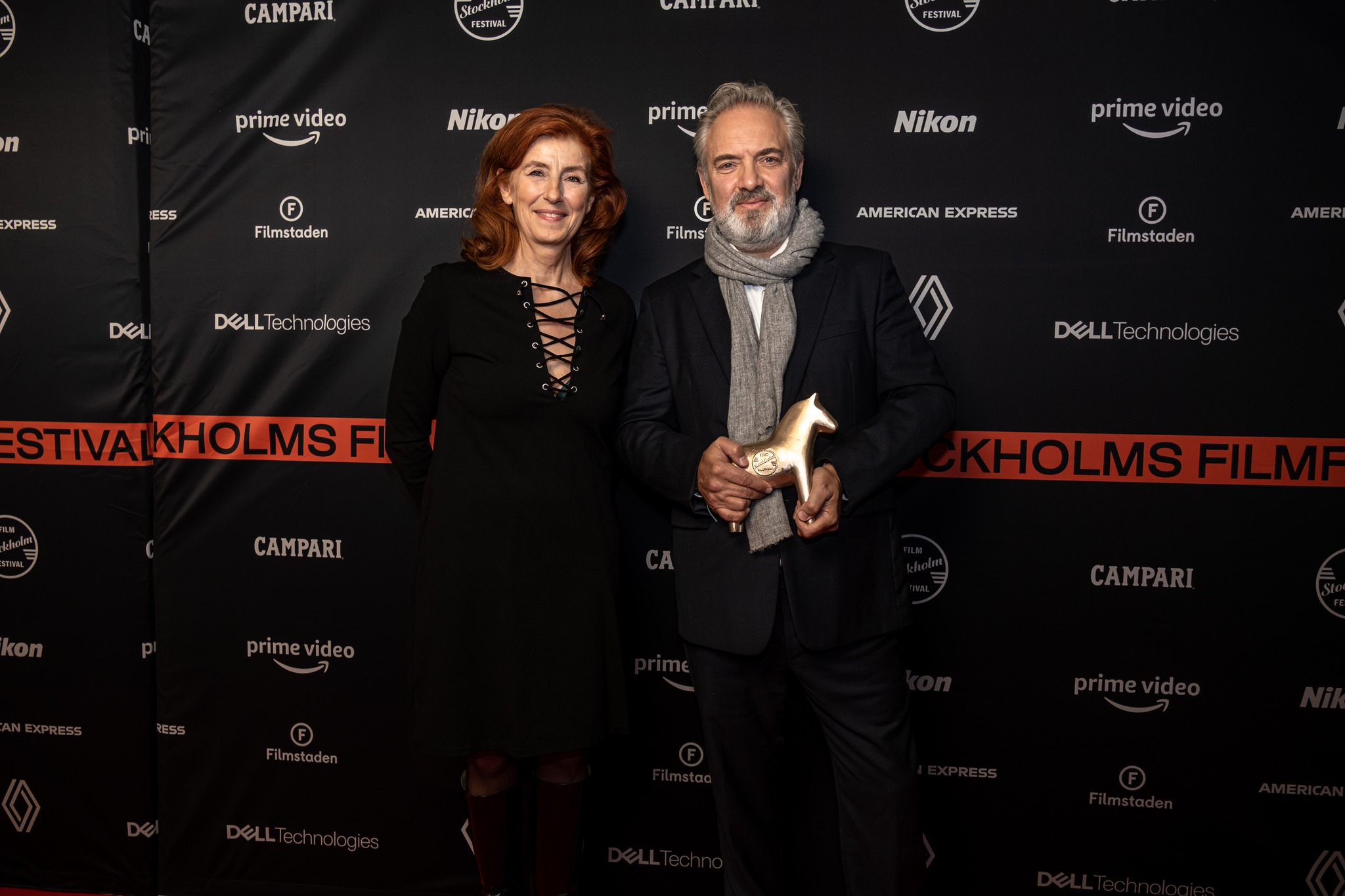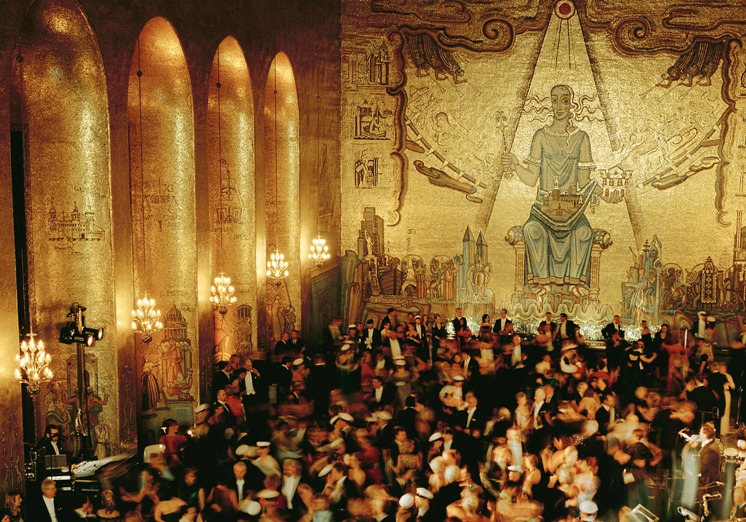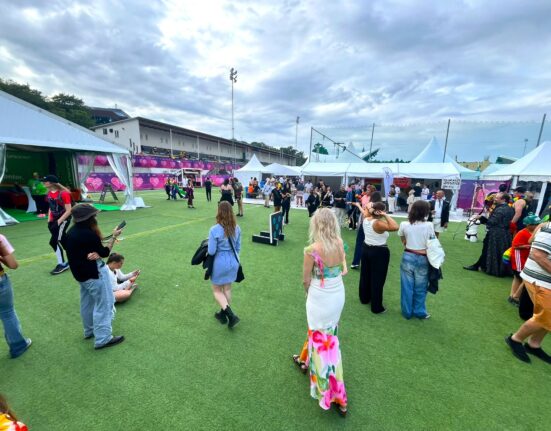“I am still a child. I am learning… If I remain a child, I remain a student.”
Those are the wise words of Nobel Laureate Kailash Satyarthi. They were on display at the Nobel Peace Center’s exhibit Malala and Kailash in Oslo, and when I saw them painted bold and white on the bright orange wall, they struck me as very poignant and reminded me of a question I had once asked my mother:
“How old are you when you start to feel like a grown up?”
After a thoughtful pause, she gave a response.
“I don’t think you really ever do.”
I distinctly remember being disappointed by this answer. At ten years old, I was desperately ready to be a grown up and make all my own decisions and be in charge of all my own things. Now, nearly twenty years later, I am a grown up, making all my own decisions, taking care of all my own things… but my mother was right. Beneath my painstakingly constructed layers of adulthood, I still feel like a child.
But now I’m a teacher, too. Which means that I have also remained a student in a cycle of educating and learning that has no clear beginning or end. And I like it that way. In the classroom I find that there is a time to be firm and knowing and adult and a time to be as open and wondrous as a child, and when both ways of being function within me, each lesson becomes more meaningful and inspired.
The opportunity to attend and write about the 2014 Nobel Peace Prize ceremony was the perfect chance for me to bring a meaningful and inspiring experience to my classroom. As Laureate Malala Yousafzai said, “one child, one teacher, one pen, one book can change the world,” and I take great comfort in those words. Perhaps it is because, with respect to teachers, they reinforce something I know to be true that isn’t necessarily self-evident to all:
Teachers are important.
But teachers are under appreciated. A teacher is a jack of all trades and master of everything, but there’s no glory in it. It’s not a slick profession you can whip out to impress guests at a dinner party (especially not in Stockholm). When you tell people you’re a teacher, you’re often met with lopsided smiles of pity or empty compliments or jokes like “those who can’t do, teach”. And then there’s always that one person who goes off on a tangent about how teachers are everything that’s wrong with the education system – and by extension, the world – and suddenly you find yourself in the middle of a lesson from someone who works in marketing or human resources about how you should be doing your job.
Believe me I’ve been there. But so what? The rewarding part of being a teacher is not the paycheck or what other people think or have to say about the profession. The rewarding part is being an artist of human beings with a nurturing touch: helping children find their inner strengths and talents and providing careful guidance so that they can go out into the world as their best possible selves with solid moral and ethical foundations.
I teach English and German at Rödabergsskolan, an elementary/middle school in the heart of Stockholm’s Vasastan. It’s a unique learning environment. Students from over 75 nations represent the English-speaking side of the school and the Swedish-speaking side of the school is comprised almost solely of Swedes. On a daily basis, then, our students negotiate the complexities of intercultural relationships that many adults will never encounter, and for the most part, they do it with grace, resilience and understanding. It isn’t perfect; there are tears, there are arguments, instances of bullying. But every moment of pain and discontent is an opportunity for a lesson and, more often than not, our students rise to the occasion and take the chance to learn.
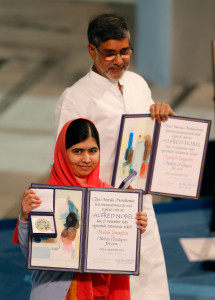
The vast majority of Rödabergsskolan’s students come from backgrounds of great privilege – on the Swedish side of the school in particular – and thus connecting to the experiences of Malala Yousafzai and the children helped by Kailash Satyarthi is an exercise in privilege checking and perspective-changing.
As an introduction to the Nobel Laureates with my 7th grade English class (on the Swedish side of the school), I asked the students to raise their hands if they had ever felt unfree. They all raised their hands. I then gave the question a little more nuance: I asked them to keep their hands up if they had ever felt unfree because of political oppression, poverty or violence. Slowly, each hand went down until none were left. When I asked the students why they had initially raised their hands, I got one very honest reply: “I thought you meant like when my parents tell me I can’t go to the movies.”
This response is nothing to be mocked. It gave our class a starting point – a springboard to jump of off in order to explore the morality and ethics of freedom. Morality and ethics is not an easy topic to broach with middle schoolers, particularly in a Western society where solipsism and first-person relativism are often encouraged in young people. But a total first person-relativist is, to my mind, merely someone socially safe enough for issues of justice and equality on a societal level to be left solely to the interpretation of a personal point of view. I don’t believe that when Kailash Satyarthi said that, “Every single minute matters, every single child matters, every single childhood matters,” he forgot to tack “as long as you agree personally,” to the end of the sentence. And I don’t think when Malala Yousafzai asked for “world leaders to unite and make education their top priority” she meant to askterisk her statement with the disclaimer “only if that reality exists in your mind”. It was important for me, then, to distinguish for my students that there is a time and place for the personal and its uniqueness – our emotional lives, our selves, our experiences – and a time and place – what we often call the public sphere – for a more universal sense of right and wrong, even though we may not always agree on how these cencepts are defined.
A refreshing thing about working with students is how much faith they have in their own ability to positively impact the world they live in. The majority of my students were very intrigued by Malala’s BBC blog – they are the social media generation, after all, and as many of them stated in our class discussion, they felt encouraged by examples of social media being used beyond the selfie. To explore this sentiment in greater depth, I had the students work in small groups and analyze Malala’s blog entries as well as come up with ideas about how social media can be used in ethical ways – for the good of others and beyond profit. This exercise led to a shift from teacher to student as I was impressed by the thoughtful and creative suggestions each group came up with (I particularly liked the idea of sharing Ted-like videos where young people could counsel each other about the issues that matter to them – a kind of therapy on the web).
The last thing I had my students do before I left for Oslo was to take a survey about Malala:
Why is she important?
What intrigues you about her?
Do you see her as a role model?
Why do you think a virtue like the courage Malala has displayed is important?
If you could ask Malala one question, what would it be?
How can you apply the lessons you have learned from Malala to your own life?
Those were just a few of the questions included, and I took all the responses with me on my trip, deciding to read through them after, and not before, the Big Event on December 10. I’m not sure why I made this choice – it just felt like the right thing to do and eventually I understood why.
I arrived in Oslo on the morning of December 9th. The winter sun peered through the clouds with enough strength to brighten the frosty ground and this was a very welcome sight – Stockholm had just emerged from its darkest November in years, and it had really been dragging me down.
Once I was settled in Oslo, I took a trip over to the Nobel Peace Center to get a sneak peek of the exhibit Malala and Kailash. The exhibit was colorful and geared towards children, mainly full of large photographs and quotes from the Laureates, but there were also interactive stations and an area devoted to the UN Convention on the Rights of a Child. The most striking part of the exhibit, however, was the school uniform Malala was shot in, very real and very secure behind a thick glass display case. Blood stains had dried across nearly every part of the once blue and white fabric’s surface, and I had a visceral, uneasy response to seeing a physical object connected to an event I had read about many times, but perhaps had only been able to consider in an abstract way.
That evening, while laying awake before falling asleep, I thought a lot about how the world was an ugly place. I wondered why. And then I wondered how there can be people like Malala and Kailash who remain so cheerfully committed to the perseverance of goodness in the face of the seemingly insurmountable ugliness around them.
On the day of the ceremony, I waited in the press line for 45 minutes and people watched. Or really car watched, trying to get a glimpse of the faces in the dignitary motorcades zipping by. Once I had gone through security, I found an empty space on the railing of the press balcony and parked myself there so I could watch everything that transpired below without any heads or cameras in the way. I had almost an hour to wait, so I spent quite a bit of that time studying the colorful Henrik Sørensen mural adorning the back wall of the Great Hall.
I was impressed and deeply moved by the Nobel Peace Prize ceremony, which moved along smoothly, despite the bizarre interruption by Mexican activist Adan Cortez. For an event of such global significance, there was less pomp and circumstance than my American high school graduation, and yet in its simplicity, the message was louder, clearer: “Let us march from darkness to light,” Satyarthi said. “Let us build a better future, right here, right now,” Malala said. There was an overwhelming sense that these two people were on the right path and that they wanted to take you with them – every word that they uttered in their moving speeches made you want to hop up and run along wherever they were going.
Beyond the power of their words, though, the Laureates also had the power of presence. Satyarthi came off as relaxed and informal, yet full of passion. Throughout the ceremony he leaned in, nodded when he heard something he liked, crossed and uncrossed his legs, folded his hands in gestures of gratitude – he seemed fully and physically involved in every single moment and it was thus easy to see why he has accomplished so much for children over the last thirty years. Malala, on the other hand, was small and very still, but when she spoke, it was with the authority of a classically-trained orator, and yet her core aura of humility made her confidence feel inspiring rather than domineering.
For two and a half hours, I watched and listened, enraptured like the rest of the audience, but I found myself most affected by the following excerpt from Satyarthi’s lecture:
“You and I live in the age of rapid globalisation… But there is one serious disconnect. It is the lack of compassion. Let us inculcate and transform the individuals’ compassion into a global movement. Let us globalise compassion. Not passive compassion, but transformative compassion that leads to justice, equality and freedom.”
For hours afterwards – on the train, in the airport – I mulled these words over. During lessons with my students, I had begun to worry that they might view Malala and Satyarthi and the children they have helped as objects to be pitied rather than subjects to be listened to and seen as full human beings. Time and again, I have seen such behavior in adults, the good old Westerner Knows Best or White Man’s Burden stance towards those living in poverty and oppression in developing nations. And to me, this attitude has always, at its crux, been about a lack of empathy and compassion, a lack of the belief that all human beings really are of equal value, a desperate clinging to the ego’s rabid desire for superiority and control. So was it even possible for people in positions of privilege to see people lower on the privilege scale as subjects? Was it possible for me?
I didn’t really know.
Tired of ruminating, I opened my folder to finally go through my students’ surveys. And the very first response to “If you could ask Malala one question, what would it be?” left me with a lump in my throat:
“I would ask Malala how she felt. How she feels.”
There it was, in two simple sentences: Compassion. Empathy. A desire to listen to instead of own the narrative. The recognition of a valid emotional life and thus the recognition of a subject.
I put the rest of my papers down and looked out the window at the thousands of lights dappling the Norwegian terrain below.
“Hope truly begins with children,” I thought.
So I will remain a child, too.

